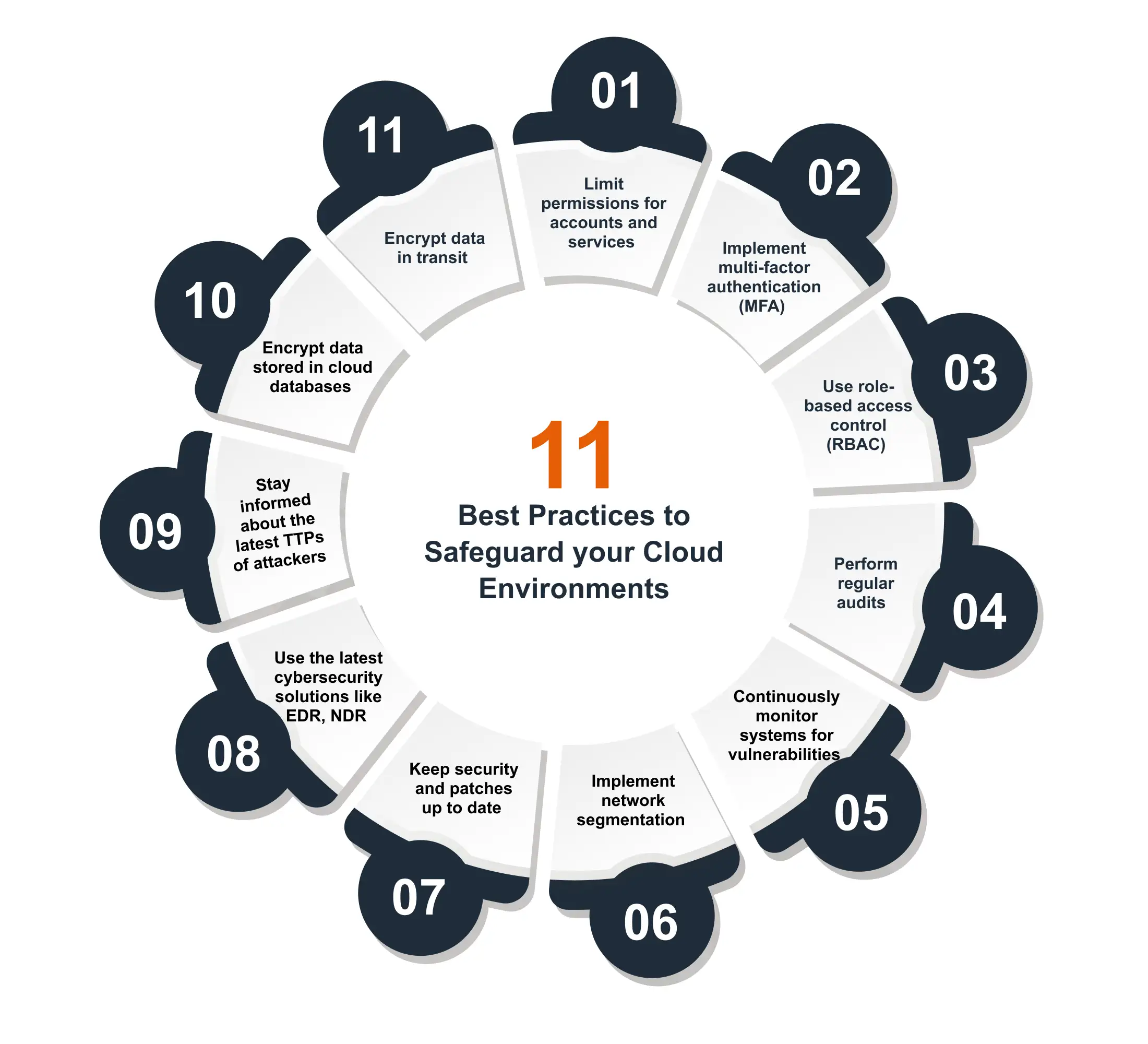Breaking Down the Real Meaning of an XDR Solution
Read More Learn how to protect your organization from the devastating impact of BlackSuit
Want to stay ahead of threats in 2025? This research report is all you need to stay updated.
Is your system being used for crypto mining without your consent? This might sound unlikely to you, but it could be possible, and you won’t even know about it. Cryptojackers can find your unprotected or exposed servers to put malicious code or malware and use it for mining cryptocurrencies.
The notorious cryptojacking group known as TeamTNT has appeared to launch such a cloud attack at a very large-scale targeting cloud-native environments (Docker or Kubernetes) for illicit cryptocurrency mining and even renting out these breached servers to various third parties for profit.
The cryptojacking attack by TeamTNT is a type of malware that is deployed in exposed Docker daemons with a goal of compromising the cloud environment and enlisting them into a Docker Swarm, creating a malicious botnet. This Docker Swarm will be controlled by TeamTNT for illegal crypto mining using its orchestration feature.
The attack then leverages Docker to deploy a crypto miner on the compromised container. The attack also fetches and executes additional payloads that are responsible for conducting lateral movement to related hosts.
Furthermore, additional rootkits are implemented to hide malicious crypto miner from the user to stealthily mine crypto and evade detection. This is a common practice in such cryptojacking attacks.
TeamTNT has identified a step-by-step process that appears to be effective and quick at their end to execute the cloud attack. Here are the steps:
In the first step, TeamTNT identifies exposed or unauthenticated Docker API endpoints/Docker daemons. These are identified using internet scanning tools such as masscan and ZGrab. These scanning tools are used to search for open ports, specifically 2375, 2376, 4243, and 4244, across close to 16.7 million IP addresses.
Once the vulnerable Docker API endpoint is identified, the team deploys a container running an Alpine Linux image with malicious commands to compromise the exposed environment.
As TeamTNT ensures that the container is running as the root user and necessary tools are installed, the team downloads XMRig miner on the container to start the crypto mining activities. The Alpine Linux image also runs a shell script named Docker Gatling Gun (TDGGinit.sh) to launch various post-exploitation activities. These activities help TeamTNT to extend the duration of their attack, secure their foothold in the compromised container, and prepare for future stages of the attack.
The final step is to put an additional layer of privacy in place to ensure they operate stealthily and prolong their campaign’s lifespan. TeamTNT has been observed using AnonDNS, a service designed to provide anonymity and privacy when resolving DNS queries. With AnonDNS, they can hide the location of their command-and-control servers, which makes it difficult for cyber security experts to track their infrastructure and shut it down.
To defend cloud environments against attacks by cryptojacking groups like TeamTNT, organizations need to adopt a multi-layered security approach. Here are some key strategies you can implement:

Securing cloud environments requires organizations to adopt a multi-layered approach which involves processes, tools, and policies. These systems work together in sync to protect containers, data, and other services, keeping adversaries away.
As cloud environments become increasingly complex, the importance of adopting cloud security best practices is even more evident. Below are some key practices for securing cloud environments:
Implementing strong IAM strategies helps your organization protect sensitive data and systems from unauthorized access. Furthermore, it can help you effectively manage digital identities, security policies, and access permissions.
The following cloud security measures can help your organization ensure strong user and device authentication, high data privacy, and controlled data access.
Apply data encryption techniques to protect the sensitive data in your cloud environments or servers. With strong encryption algorithms, you can ensure high security and confidentiality of your data.
Fidelis Security offers Fidelis Network, a comprehensive and robust network detection and response solution that helps you safeguard your network. Fidelis Network has identified more than 6.7 million malware threats and promises you:
As more and more organizations are moving towards cloud-only environments, the frequency and complexity of cyber-attacks will continue to rise. These attacks, especially by infamous cryptojacking groups like TeamTNT, act as a reminder that how vulnerable these servers can be.
We emphasize the need for robust security measures, so your cloud environment remains protected against such attacks. It is critical to adopt a strong and comprehensive cloud security strategy to ensure that your data and systems remain secure and avoid any kind of adversaries.
Yogesh is a technology enthusiast with a deep passion of transforming complex concepts of the cyber security world into simplified insights. With a blend of technical expertise and unique storytelling flair, he helps readers to navigate the ever-evolving cyber security landscape.
See Fidelis in action. Learn how our fast and scalable platforms provide full visibility, deep insights, and rapid response to help security teams across the World protect, detect, respond, and neutralize advanced cyber adversaries.